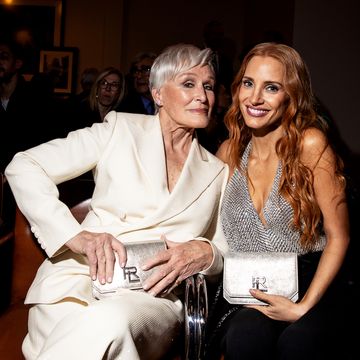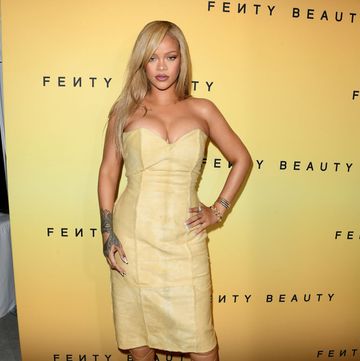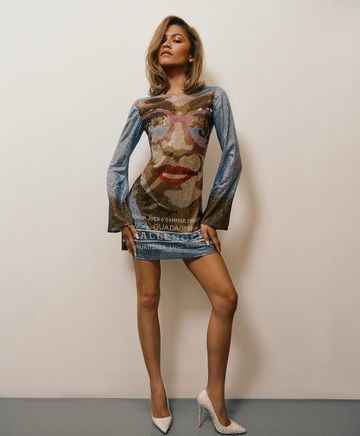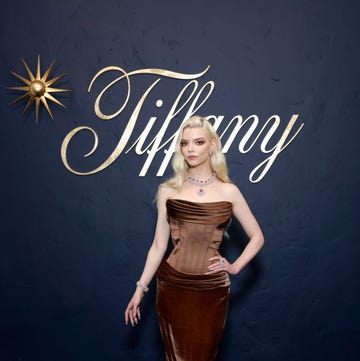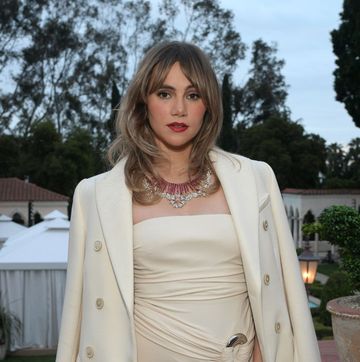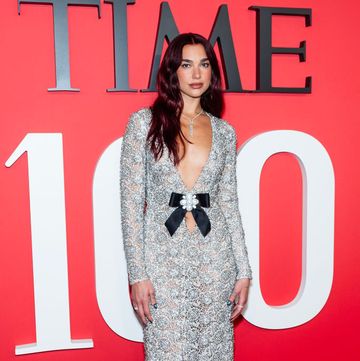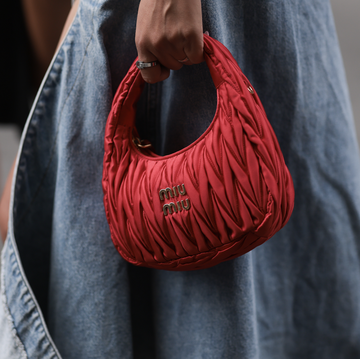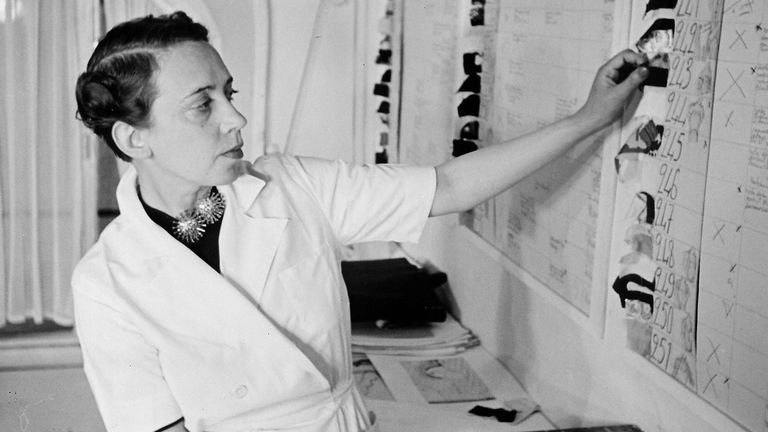
Female Designers Who Changed Fashion
Celebrating the women who left their mark on the fashion industry.
Designers are the celebrities of the fashion industry. They channel their visions into namesake lines, revive old houses, and build total lifestyle brands. From Jeanne Lanvin, who began her empire as an entrepreneur before the 19th century, to the thoroughly modern Rei Kawakubo, who has carved out a successful niche of fashion meets art, these power women created designs that changed fashion and still influence us today.
Jeanne Lanvin
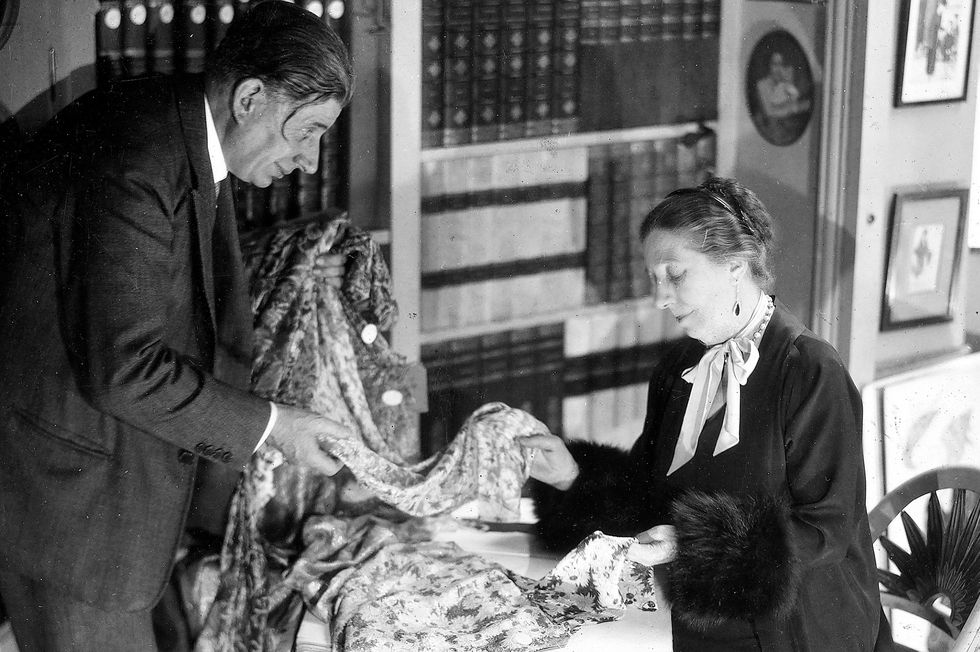
One of the earliest female entrepreneurs in fashion, Jeanne Lanvin, opened a millinery house in 1889. Later inspired by her daughter, Marguerite Marie-Blanche di Pietro, Lanvin began creating lavish dresses for little girls using delicate silks and gorgeous embroidery. Lanvin's matching childrenswear and adult ensembles flew off the shelves, and her department store strategy was ahead of her time —by the 1920s, her line expanded into sportswear, furs, home décor, lingerie, menswear, swimwear and fragrance.
Madeleine Vionnet
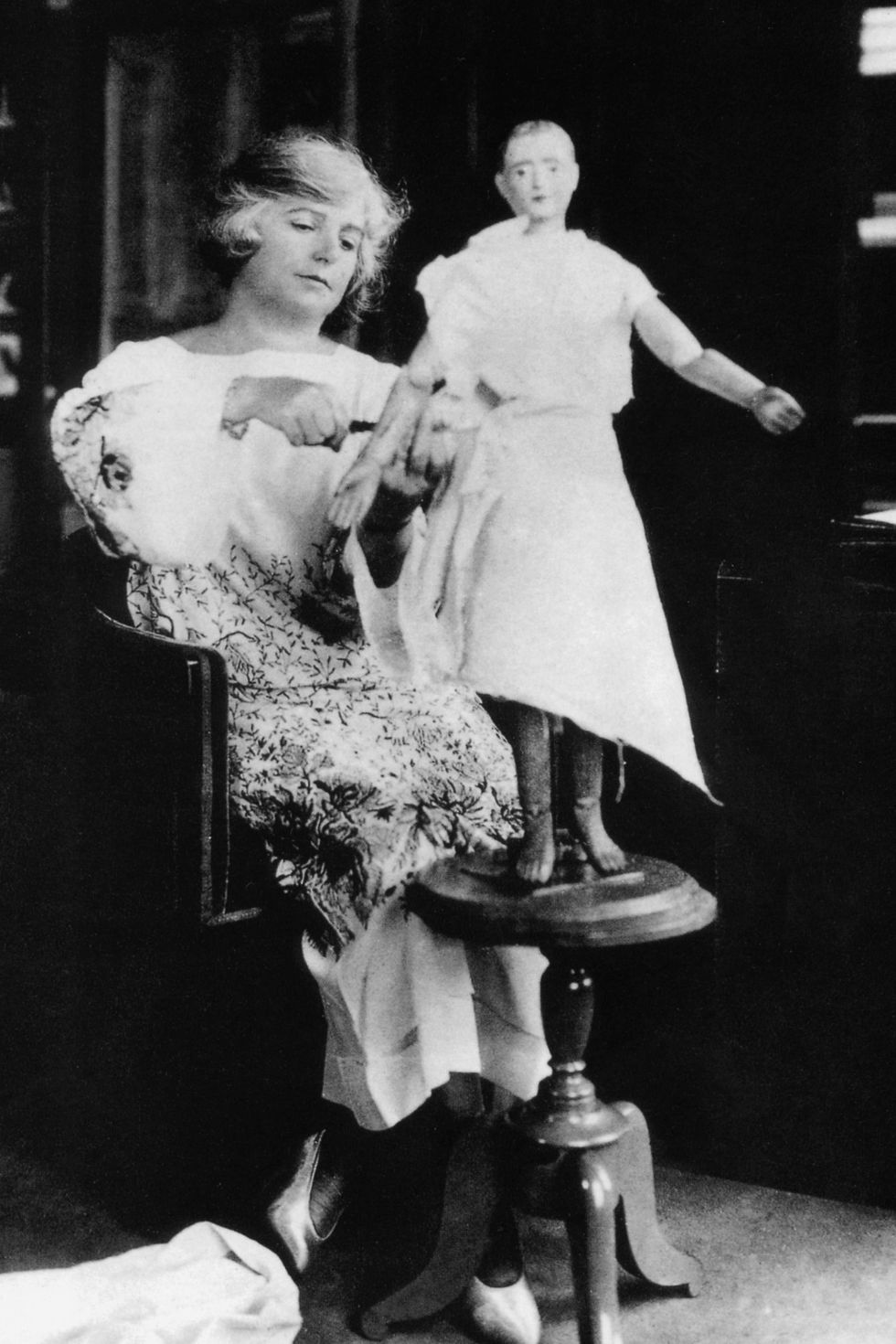
Considered the "architect among dressmakers," Vionnet changed fashion forever when she launched her fashion house in 1912. She quickly became known for her sculptural approach to clothing design. Her gowns mimicked classic Greek statues, with excessively beautiful draping and pleating. Ladies fell in love with the comfort and fluidity of her pieces. As she once said, "When a woman smiles, then her dress should smile too."
Coco Chanel
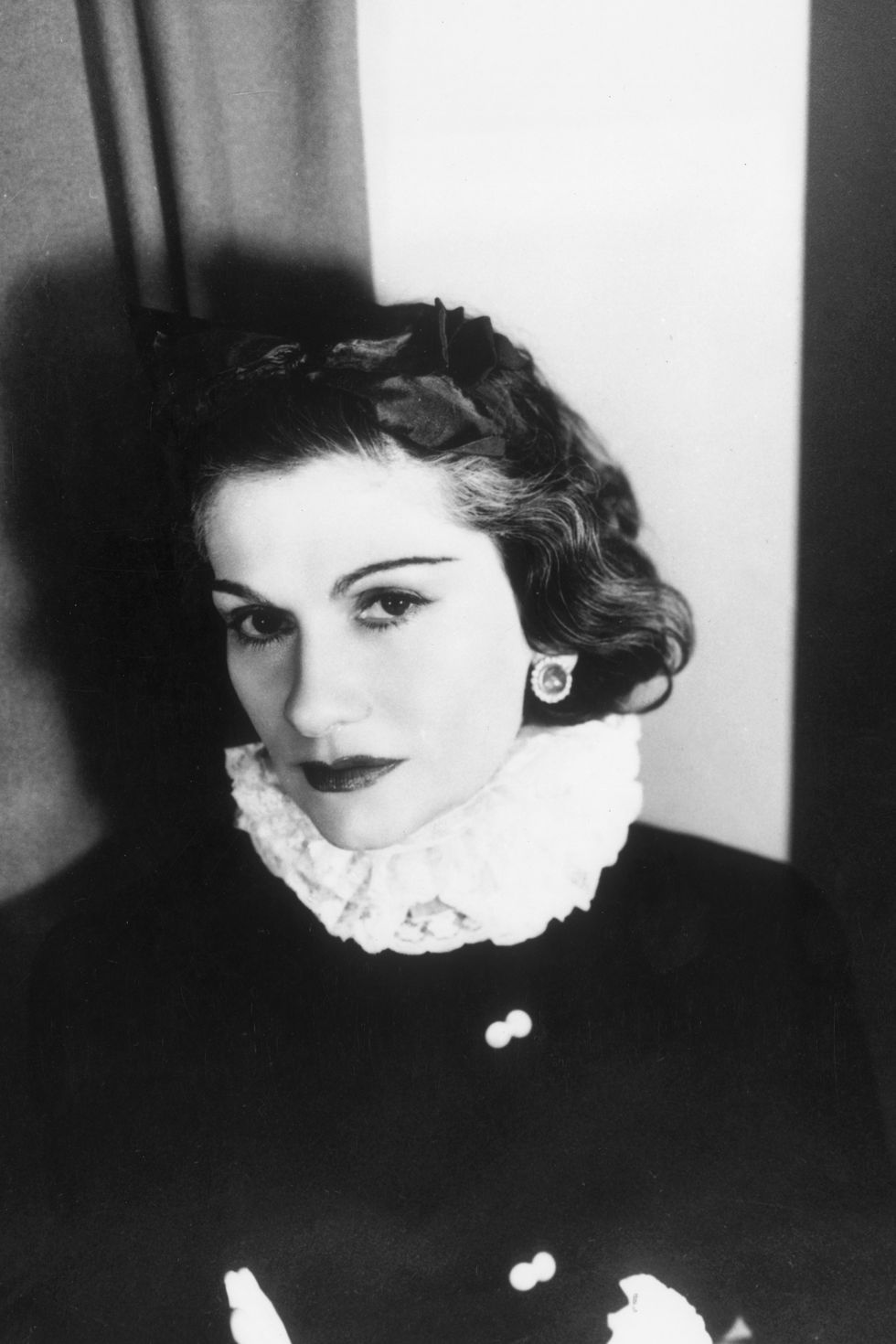
The ultimate classic designer, Coco Chanel defined the notion of staples that would last a lifetime. The little black dress. The tweed jacket. The statement cocktail necklace. But it was jersey fabric that would put the French designer on the map. Starting her career during World War I, she was the first mainstream designer to use the material, typically reserved for underwear, throughout her collection. She was also one of the first fashion designers to create boxy, shorter and easy to move in pieces, freeing women from their tight corsets and Poiret-inspired skirts. She expanded her brand throughout the years, and her well-loved perfumes (including the famous No. 5) remain the go-tos of every girl in search of glamour.
Elsa Schiaparelli
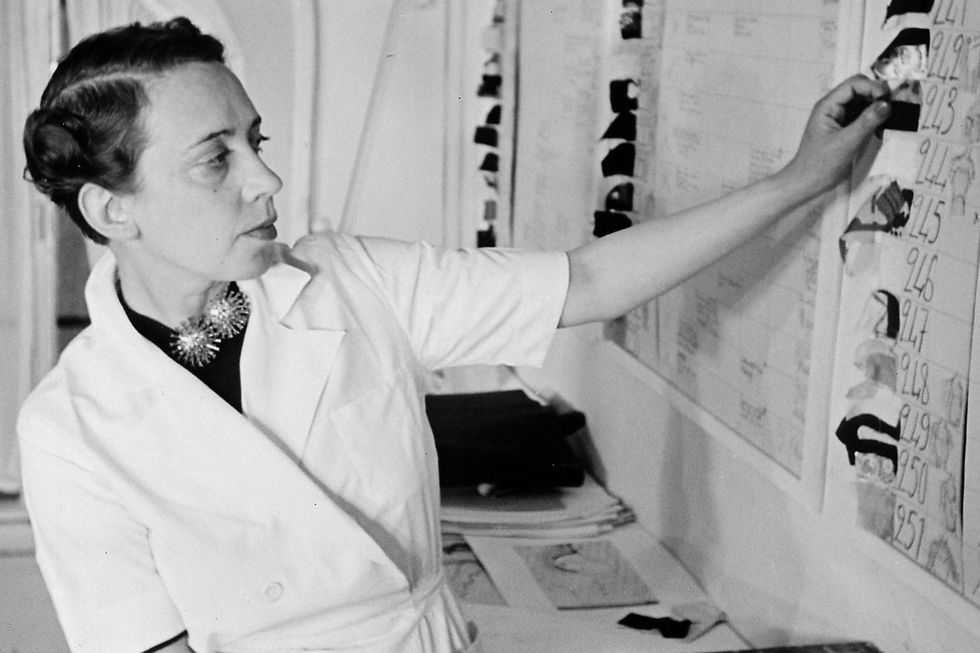
Schiaparelli's signature hand-knit trompe l'oeil sweater began her career in fashion in 1927. It was an instant best-seller and defined her style: high-end, well-fitting pieces with a twist of the unexpected. She was the first to use zippers as a visible statement piece, and she made her mark collaborating with fine artists such as Salvador Dali and Meret Oppenheim. Her unique style landed her a cover for TIME magazine, the first female fashion designer to ever earn the honour.
Mary Quant

Mary Quant is credited with creating the miniskirt. During the 60s in London, Quant found her inspiration on the streets that surrounded her. She once said, "It was the girls on the King's Road who invented the mini. I was making easy, youthful, simple clothes, in which you could move, in which you could run and jump." Her short shift dresses in vibrant colours coupled with fun, printed tights truly defined an era.
Sonia Rykiel

Longing for softer sweaters during her pregnancy in 1962, French designer Sonia Rykiel began creating pieces under her husband's fashion line, including a tight, striped sweater she called the "Poor Boy." Soon, her knitted sweaters and dresses would change the way we understood fashion. A beloved fashion rebel, she became the first designer to purposely expose seams and print words or phrases on sweaters, inspiring generations of women to make a statement.
Elsa Peretti
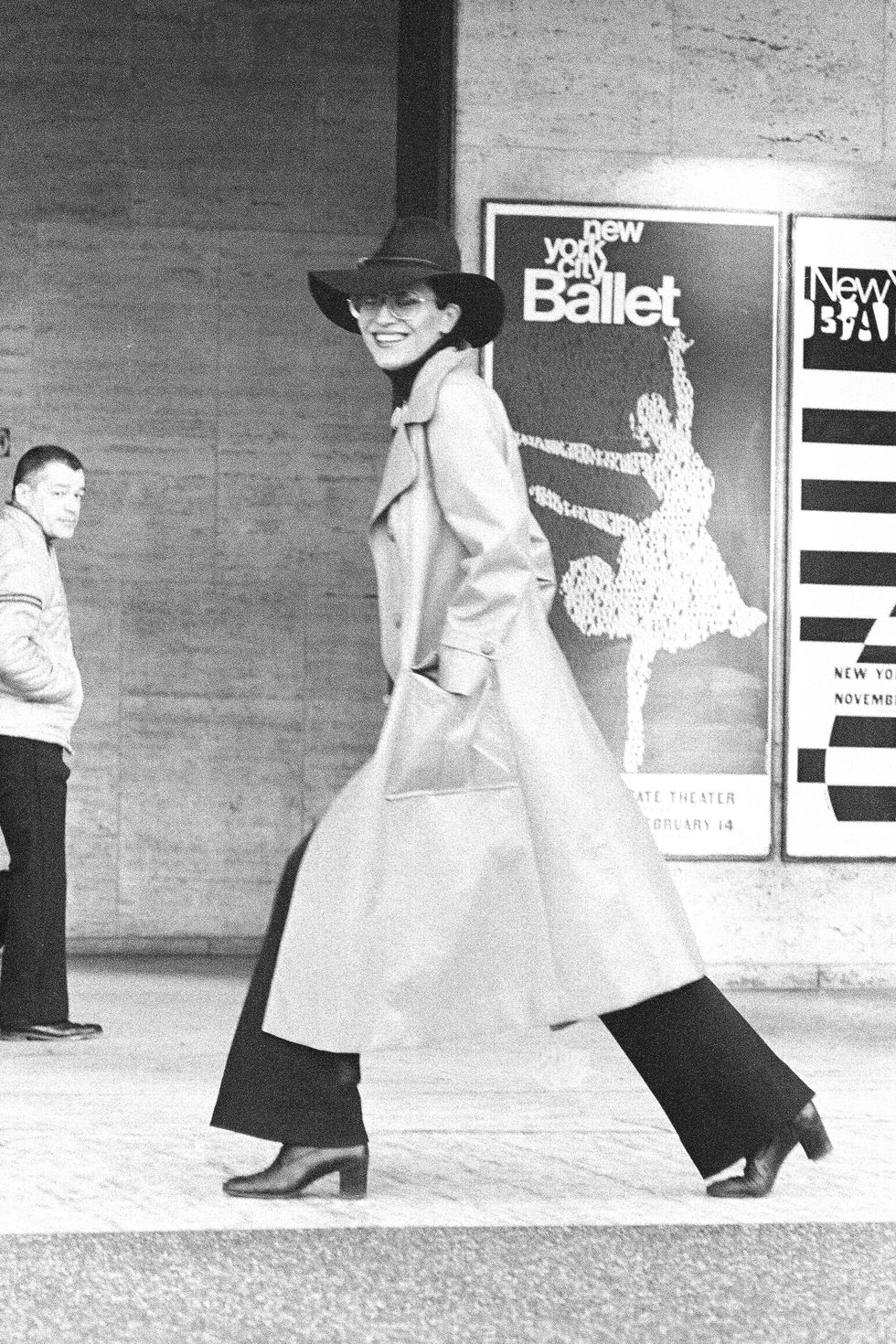
The Italian jewellery designer revolutionised the industry with her simple, timeless aesthetic. In the late 60s, she brought an air of sophisticated simplicity to New York with her work for Halston, Tiffany's, and the now defunct Giorgio di Sant' Angelo. Some of her most famous designs remain icons today, from the Tiffany teardrop to the round pendant necklace.
Vivienne Westwood
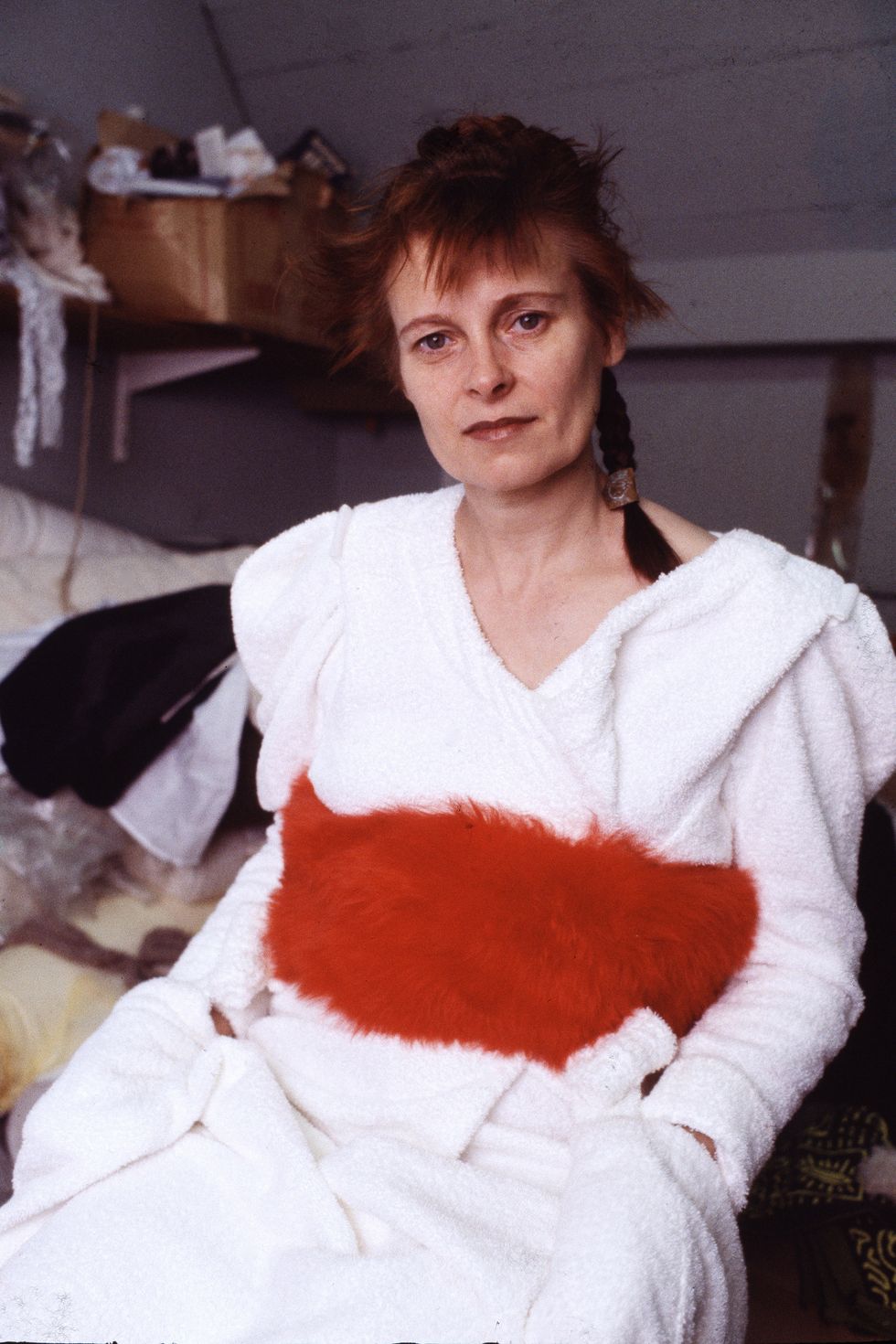
Dame Vivienne Westwood may be responsible for the convergence of high fashion and punk. An activist, businesswoman, and designer, Westwood addresses everything from civil rights to climate change in her work, all while creating high fashion. She started out designing clothing for the punk boutique SEX in the 70s. Today, she runs her namesake label as well as Vivienne Westwood Red Label.
Rei Kawakubo
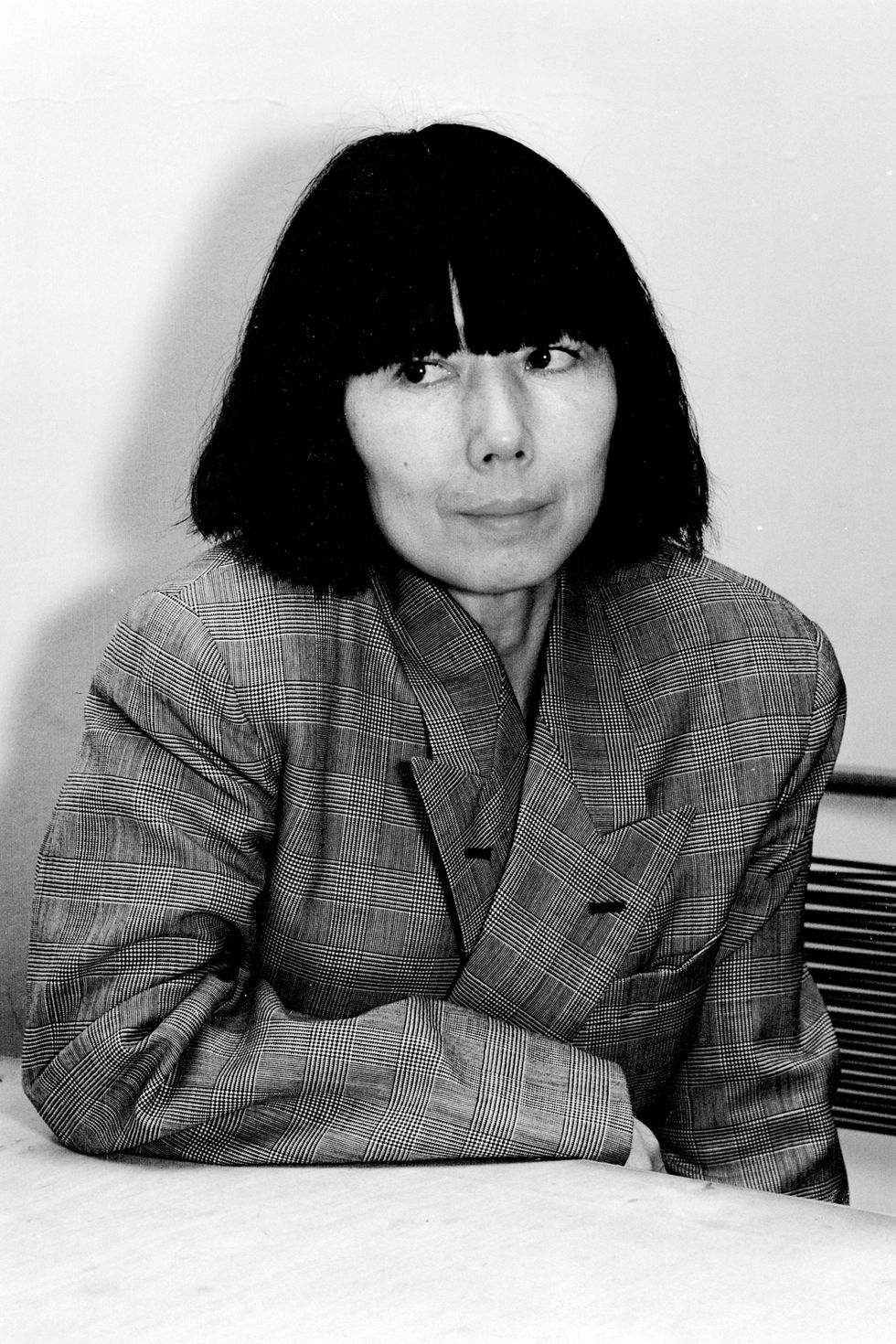
As a woman designing for other women, Rei Kawakubo has always challenged the traditional social constructs of fashion, never compromising art over wearability. With a background in fine arts, she launched Comme des Garçons in 1973 and showed her first collection in Paris in 1981. Her large, geometric frames and deconstructed, ripped dresses in neutral colour palettes have established her fiercely modern style.
Diane Von Furstenberg
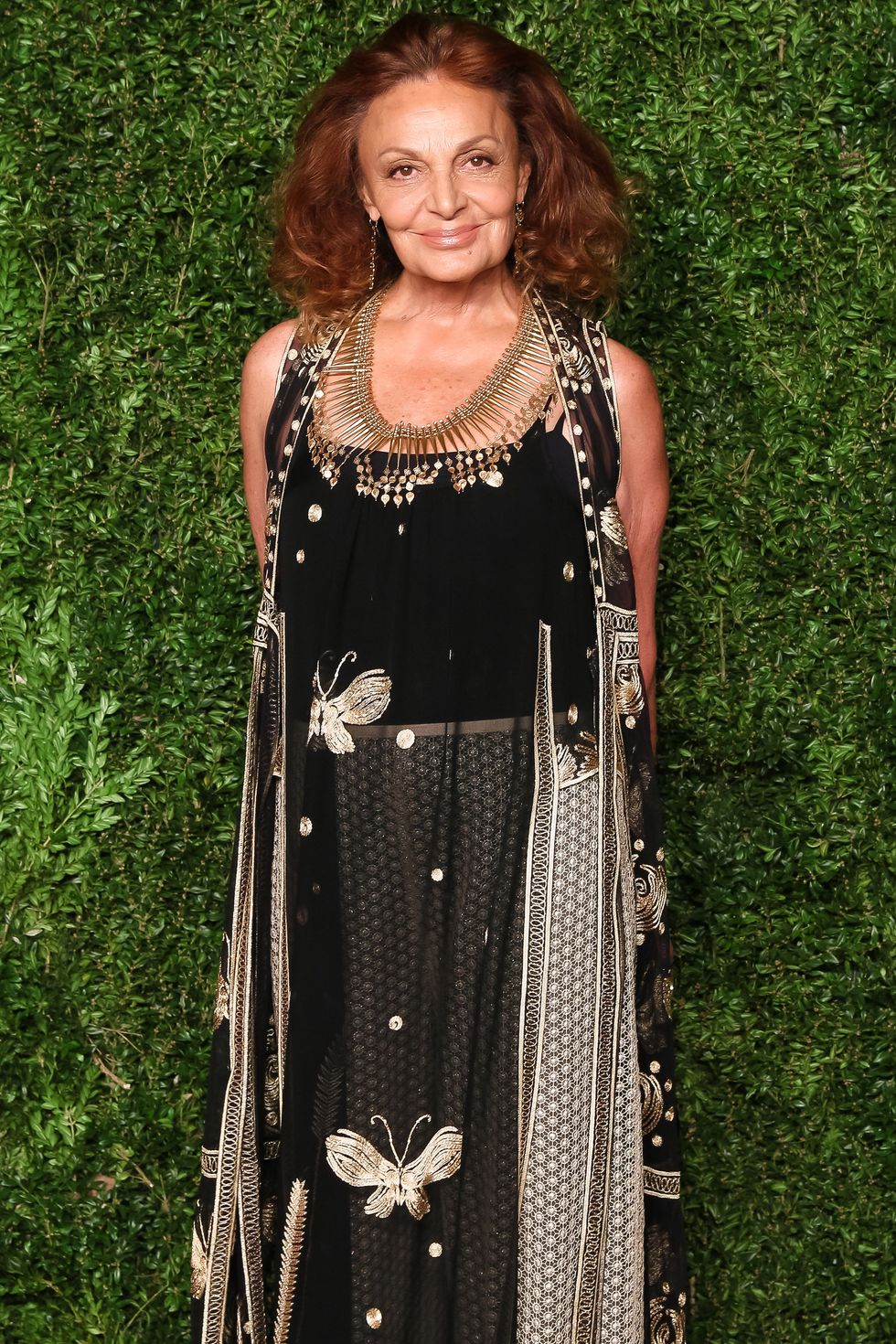
DVF's knitted jersey wrap dresses made waves in the international fashion world when they first launched in 1974. BAZAAR's own Diana Vreeland was a fan, and many declared DVF's success as revolutionary as Coco Chanel's creation of the little black dress. Since then, she has continued to grow her brand on a global level.
Betsey Johnson

Her overly-embellished dresses and quirky pieces have left their mark on the fashion world forever, for there's no aesthetic quite like Betsy Johnson's. She pioneered New York City street fashion during the late '70s with her partner-in-crime and house model, Edie Sedgwick. And where would New York Fashion Week be without her infamous end-of-show cartwheel?
Norma Kamali
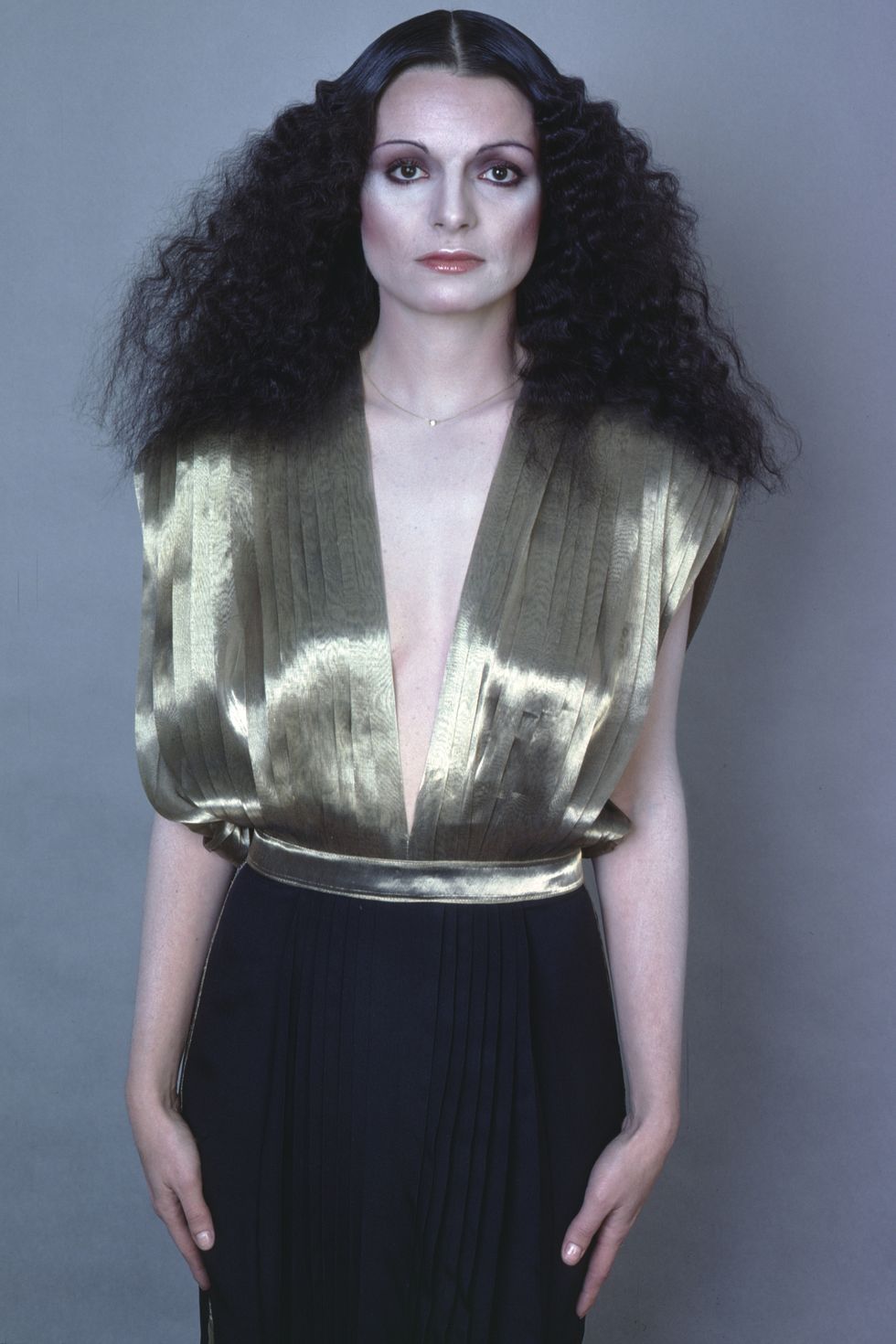
The Lebanese-Basque designer found a passion for structure, including her bulky shoulder pads, which became a mainstream trend for womenswear in the 1980s. Kamali was all about creating new shapes, from her infamous "sleeping bag coat" to her streamlined one-piece swimsuits, made famous by Farrah Fawcett in Charlie's Angels.
Donna Karan
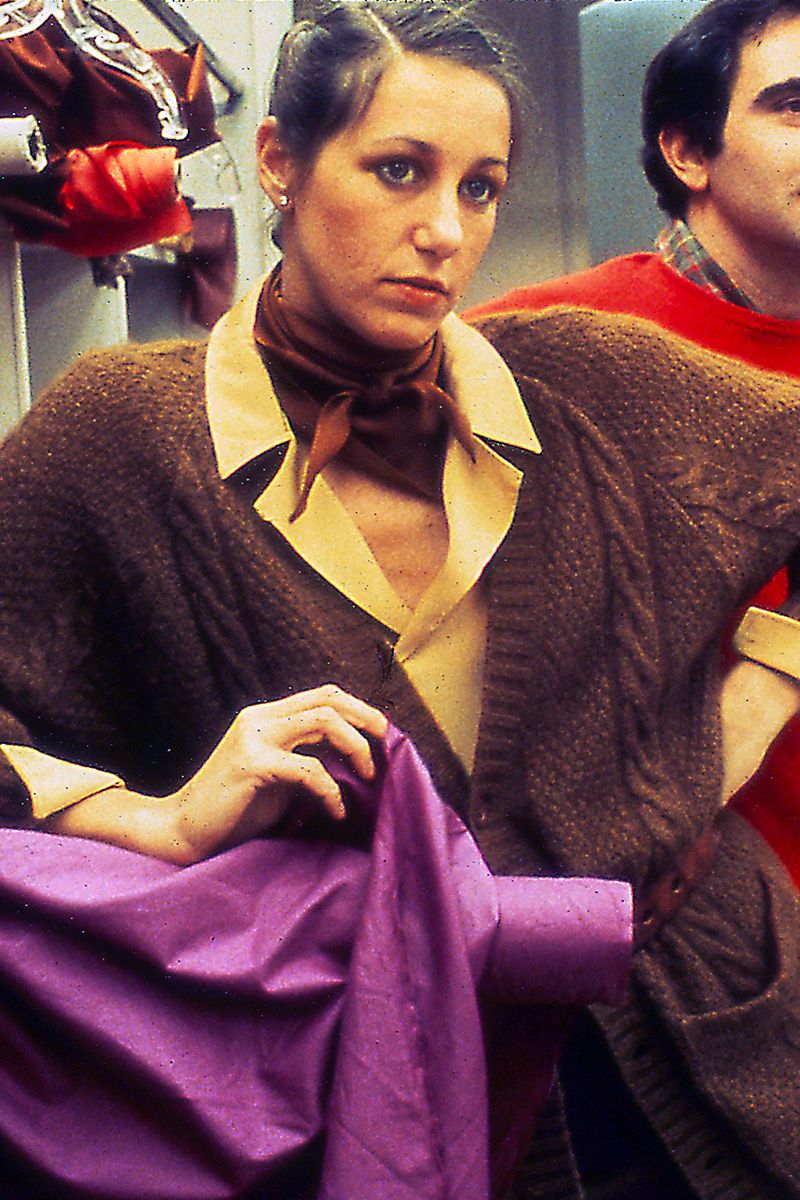
Donna Karan began her empire when she launched her womenswear collection in 1985, and then her younger line DKNY in 1988. Her creation of easy, chic basics quickly became a major point of influence. She capitalised early on the global appeal of convertible, everyday pieces that could be worn from day to night, such as "the Cozy," a knitted sweater top that can be worn more than 12 different ways.
Stella McCartney
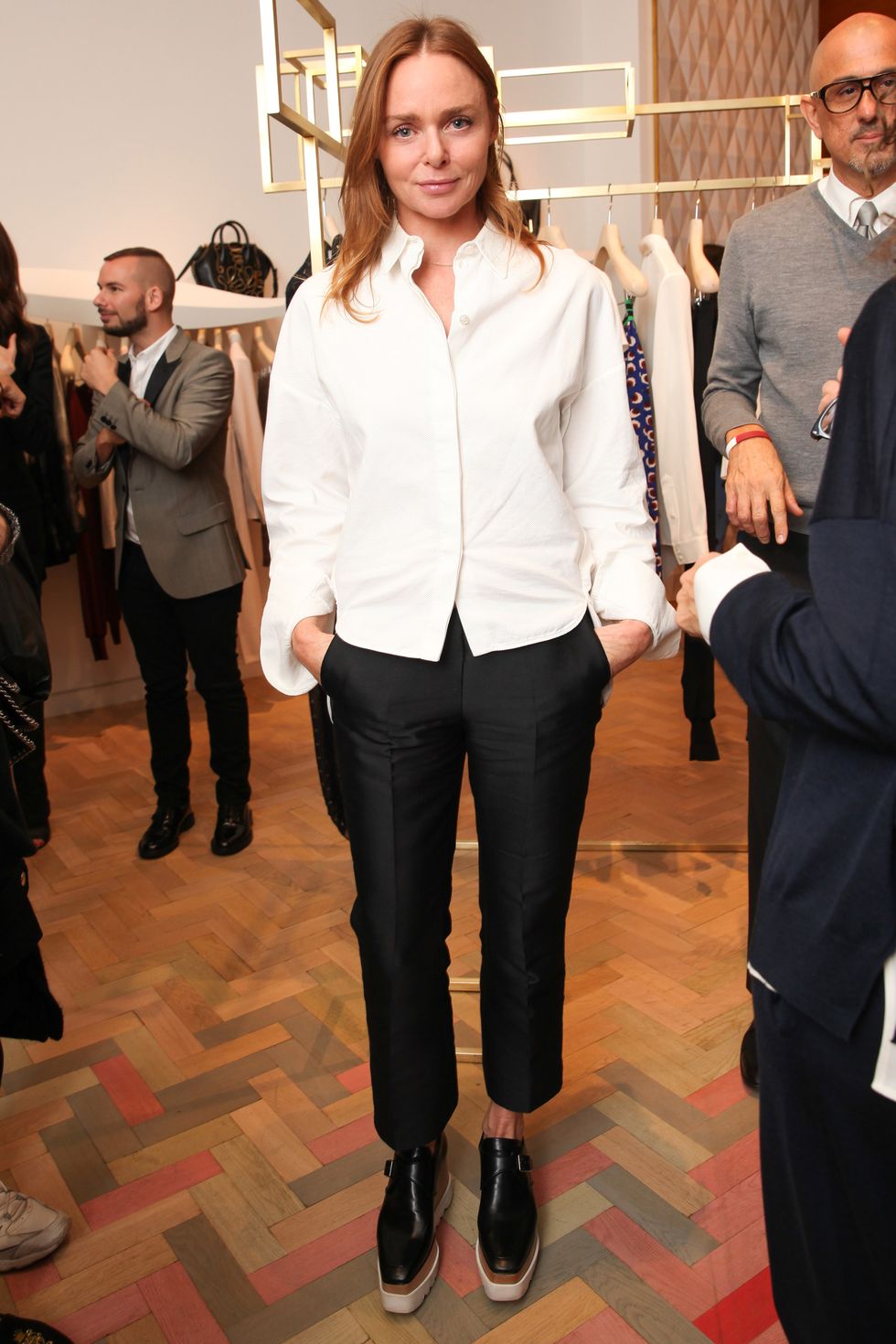
Both activists and regular fashion lovers have supported Stella McCartney's contributions to ethical fashion. As a lifelong vegetarian and animal rights supporter, McCartney has always used vegan leather and fur in her clothing, bags, and accessories since she launched her namesake line in 2001. Her pieces are chic and wearable for both the everyday woman and the fashion enthusiast.
Vera Wang
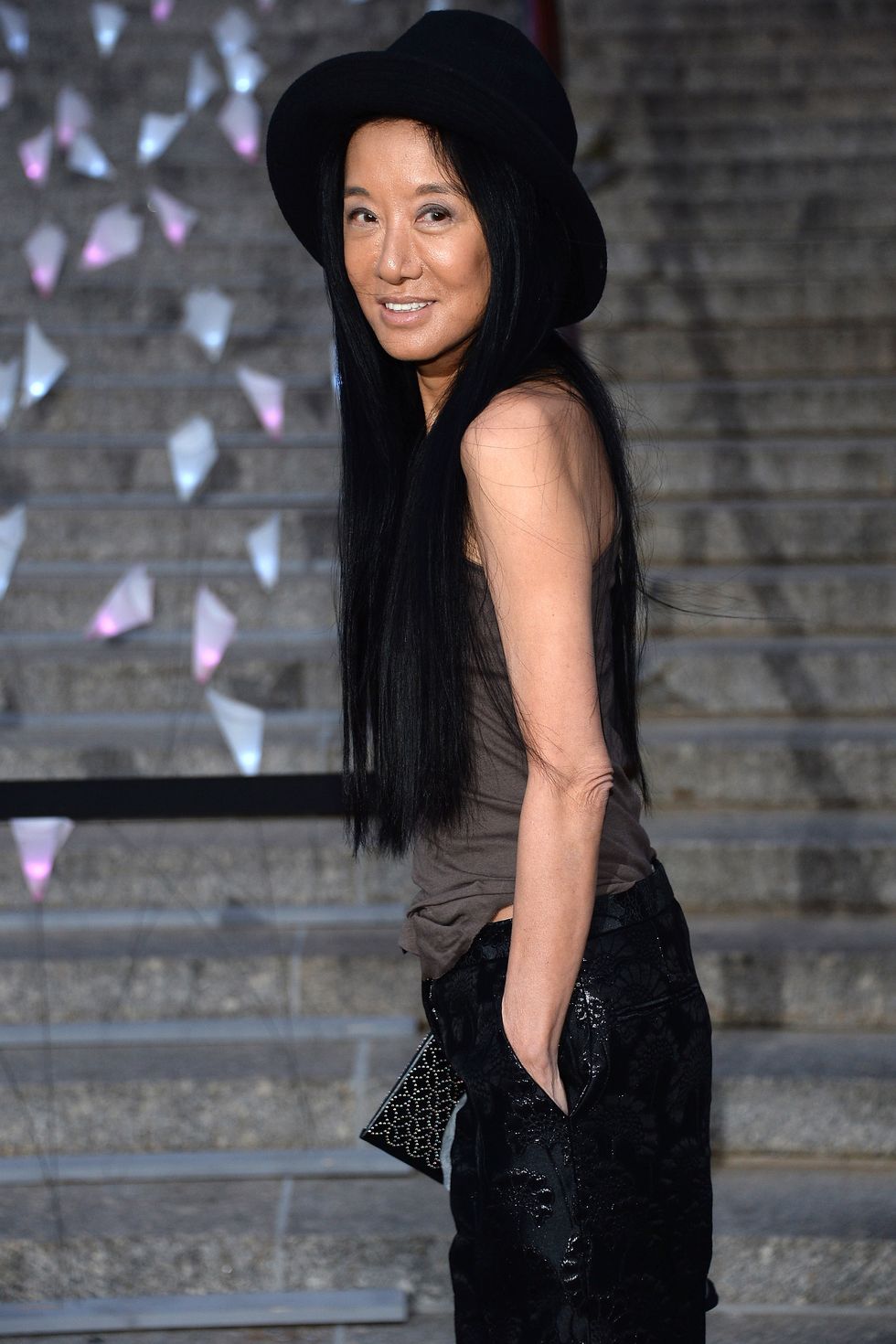
Vera Wang turned her passion for everything bridal into a sprawling empire when her first boutique opened in 1990. She soon disrupted the traditional bridalwear market by creating head-turning gowns at every price point. "I try to bring an edginess to a traditional business," she once said. While her wedding gowns are worn by everyone from Kim Kardashian to Victoria Beckham, her dresses hold their own special place in contemporary fashion.
Sarah Burton
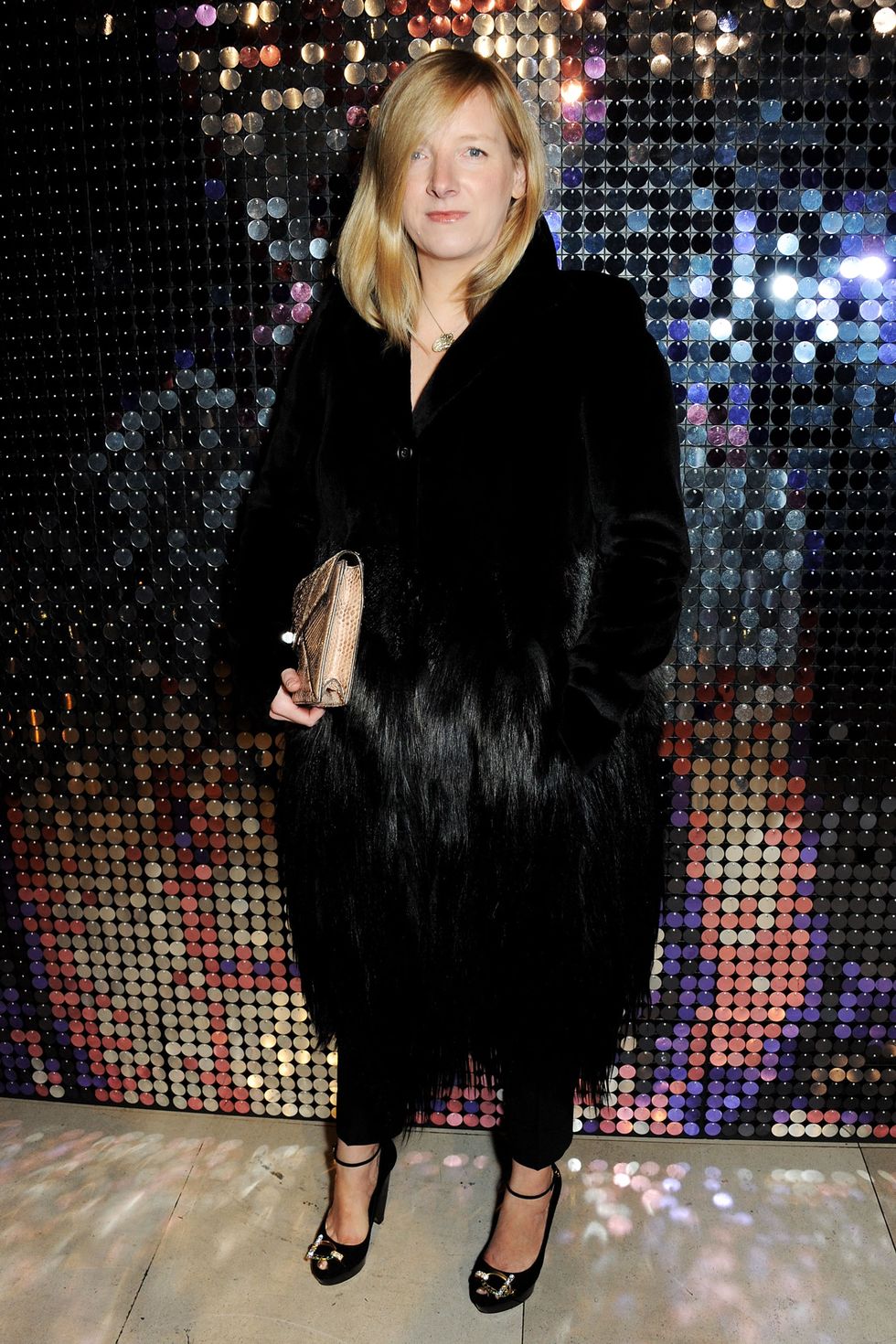
Climbing up the ranks at Alexander McQueen, Sarah Burton went from head of womenswear design to Creative Director of the entire Alexander McQueen brand, and worked alongside McQueen for more than 14 years. In April 2011, she received global recognition as the designer of the royal wedding dress for the Duchess of Cambridge, Kate Middleton. Since her appointment as the brand's Creative Director, Burton has produced collections with a focus on handcraft, establishing herself as an accomplished designer. Burton was also named one of Time Magazine's 100 most influential people in 2012, and was awarded an Order of the British Empire for her services to the British fashion industry.
Phoebe Philo
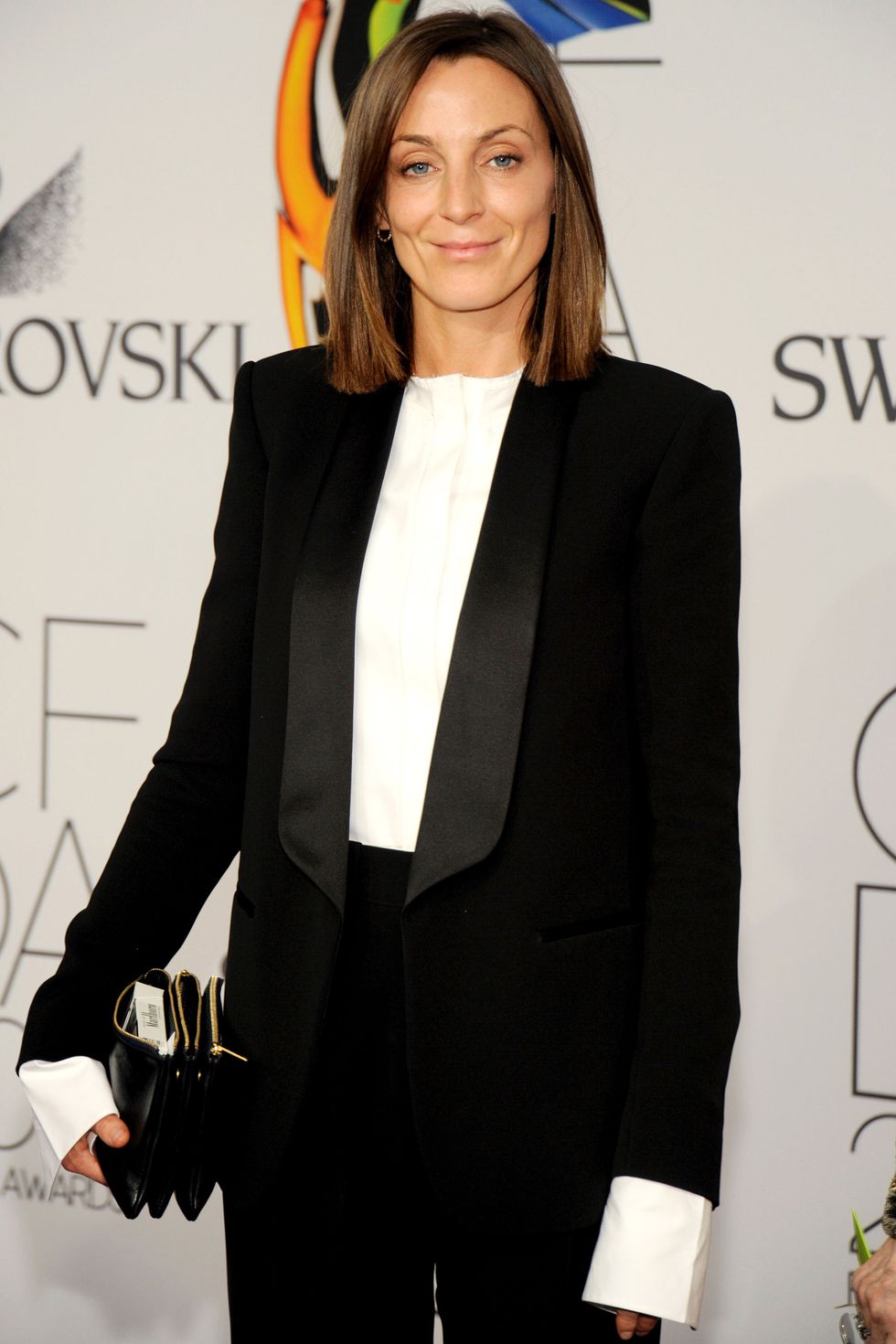
In 2008, Phoebe Philo was named creative director of Céline. Heading the storied house, she brought new life into an age-old luxury company and set the aesthetic many designers would follow in the coming seasons: well-tailored pieces with a hint of minimalistic chic. And Philo's own following is huge; she's an icon with or without the brand.
The Olsens

With their line, The Row, Mary-Kate and Ashley Olsen have proven they are more than just a celebrity name. The twins have a knack for creating lust-worthy, luxe pieces every woman wants to own. In the early 2000's, the sisters became boho-chic style icons—their more accessible Elizabeth&James line takes inspiration from their vintage style. In 2015, CFDA named The Olsens womenswear designers of the year.
Watch Next

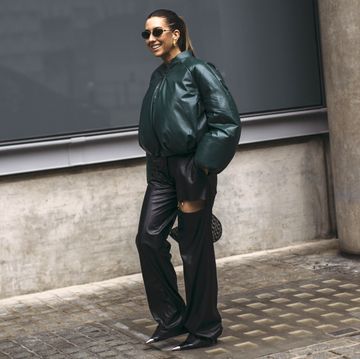
The Bomber Jacket Is Back, People

It’s A Mood: Lucy Boynton
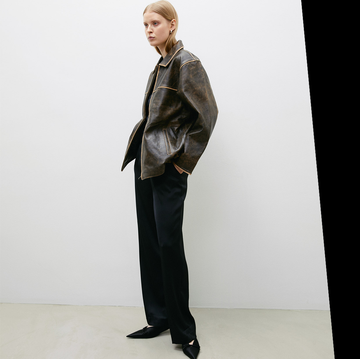
46 Of The Most Chic Online Vintage Stores

Anne Hathaway's Style File
